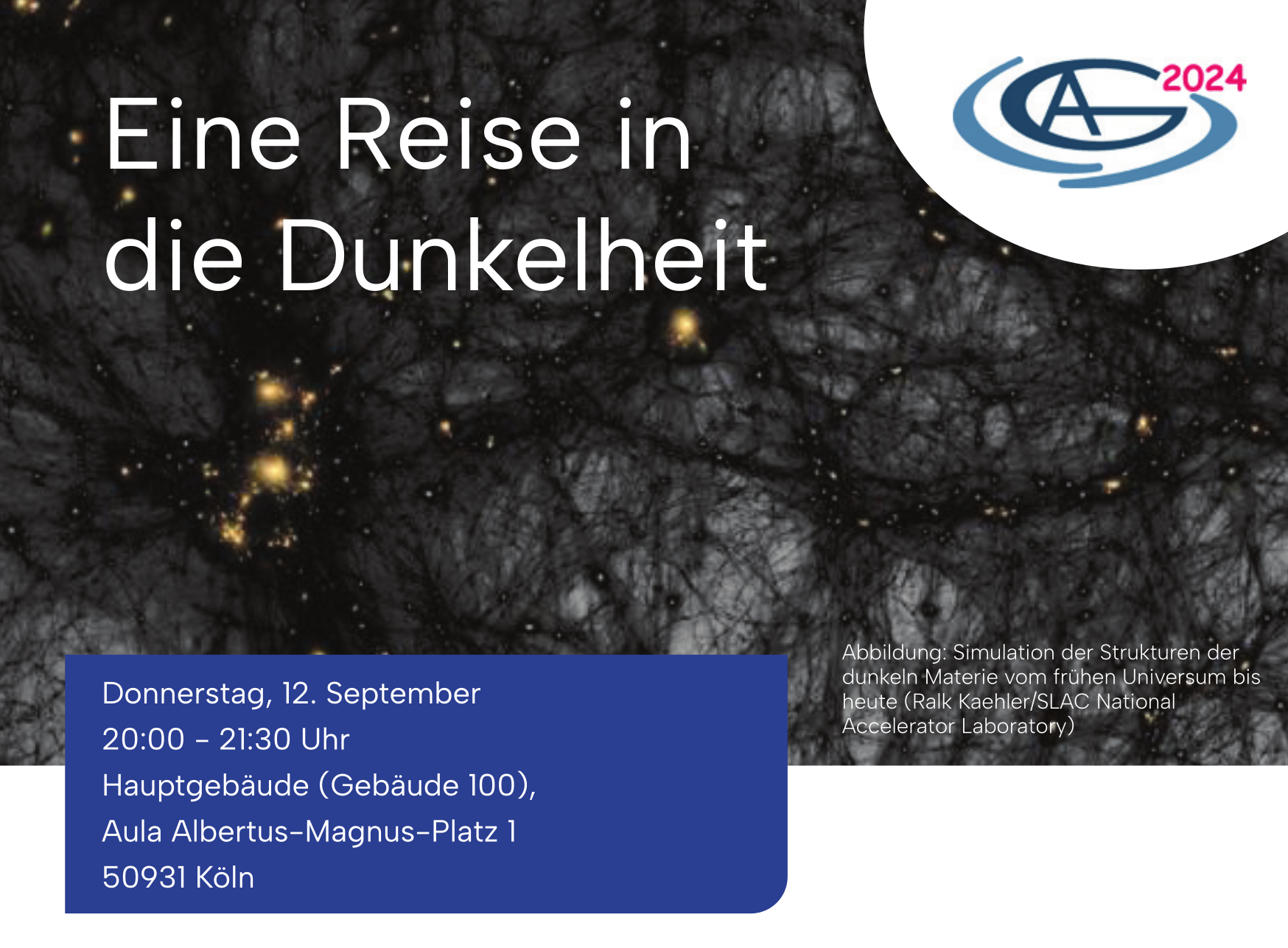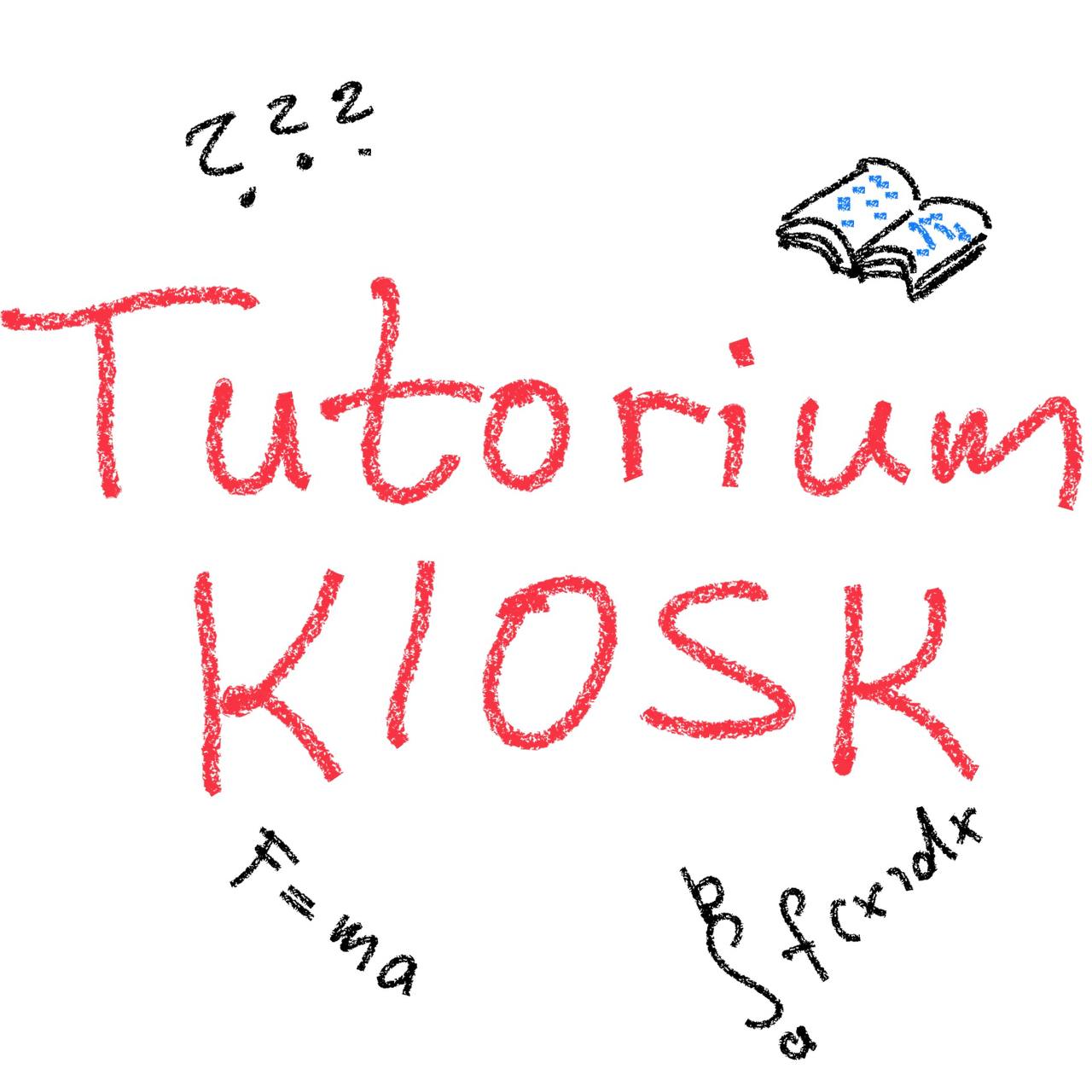September Retreat

Wednesday, Sep 25th to Friday, Sep 27th
For for advanced Bachelor students, for Master and PhD students
The next master retreat is just around the corner. From Wednesday, Sep 25th till Friday, Sep 27th we will be going to a self-catering house in Wermelskirchen with all Master students and those who want to become one soon.
Activities that await you: Table tennis – Foosball – Boardgames – … Activities of your choices!!
The main language of the trip is English, participation including meals is 25€. (If you have problems with these 25€: Just register and write that as a comment. We will find a solution!) As always, there is plenty of room to get to know each other better, fun and free time. You’re welcome to bring your own ideas and/or tell us about them 😉
THE MAIN GOAL of the retreat is to plan for the welcome program for the new master students, which start in the week after the retreat. The planning will only take few hours. We would really appreciate if you join the discussion.
Either way, we would be happy if you want/can join us for the welcome program.
If you have any questions, just write us: fs-physik@uni-koeln.de
Sign up here




